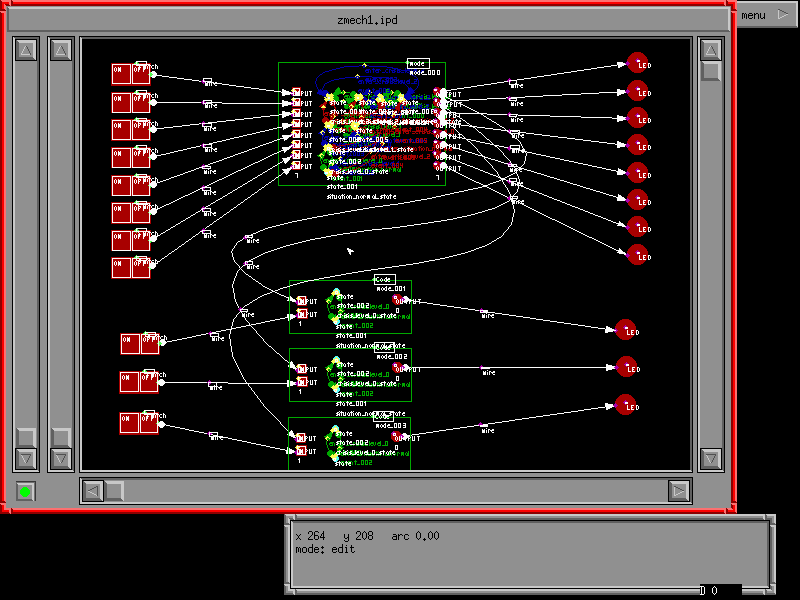The situation had me installing Fedora 10 on my desktop that had been running Ubuntu 8.10. Because the KVM switch was keeping Xorg from setting up 1200×1024 resolution, I thought I might just have to hand-tweak my xorg.conf in order to get it. Not a problem, I’ve done it hundreds of times.
Funny how things can quickly take a turn for the “huh?”.
I opened up a terminal window, su’d to root, changed to the /etc/X11 directory, and issued the ls command. What I saw gave me pause. There was no xorg.conf file. I had a machine up and running, in full 5 runlevel, with no X configuration file. How is that so? Well, it turns out that is where Xorg is heading (as of release 7.4). And I’m not sure I like it.
Don’t get me wrong, I understand the “why.” For large-scale adoption, Linux needs to be as simple to use as the competition. One way to make this so is to take the guess work out of setting up such things as video. And I think it’s safe to say we all know that configuring video has, in the past, been a nightmare on certain chipsets. And to that end I can fully understand why the developers would want to go this route. And if they can create a fool-proof system that will be able to successfully configure X Windows with zero user intervention, more power to them. But I think this is a sign of things to come, and that sign looks like a Merge with Linux and Windows.

How so? I’ll tell you. It used to be that every single system in Linux had a handy, user-editable configuration file (most often found in the /etc directory). If there was ever a problem you simply had to open up that file and make a few modifications. Some of these systems are evolving in such a way that the configuration files have either disappeared altogether or spread out over numerous files that are either hard to find or figure out.
Personally, I don’t want a Linux that obfuscates or does away with configuration files. It doesn’t make sense to me. I want my Linux flexible. Of course I understand that even in this “new-fangled” Xorg, if I am not happy with an xorg.conf-less set up I can generate one with the Xorg -configure :1 command and then edit it myself. But if this new setup is heralding a new era of Linux then I worry that, when something goes wrong, the only way to solve a problem will be the old fashion Microsoft way of re-installing. That just will not do. But my complaint is not the loudest voice in the choir. No, the loudest voice is the one crying to make Linux ever-easier. And that is certainly the voice that needs to be heard. But I don’t think the solution is to cut off us old-school users all together.
The answer is not to add another step to the installation process. In fact, the answer most likely lies in the end-users themselves. For those of us old-timers it might be time to allow Linux to evolve into something a bit easier for the masses to swallow. For the longest time we have barked and cried for “World Domination”. But just like when U2 “sold out” after the Joshua Tree album, those who have cried the loudest for domination do an about face when it seems Linux is on to something that could tip the scales.
I cry, “Why are you making this too simple?” at the same time new users are crying “Why is this so hard?”
Do you think Xorg running xorg.conf-less is a step in the right direction?
I think we can both have our cake and eat it too, but the old-schoolers are going to have to (and I borrow a phrase here) “eat our own dog food.”
As a Linux user who is pretty confident in most areas of the OS (sans development) I don’t have a problem with creating and editing an xorg.conf. So if Xorg wants to evolve in such a way that X Windows doesn’t require an xorg.conf file (but can use one if the user so desires), then us old-timers will enjoy taking the user-friendly release and rockin’ it old school.
And I am sure it’s only a matter of time before the latest version of Fedora is forked and a newer, less user friendly version will appear. At that point there will be a Linux for every skill level. And from that, world domination will ensue.




